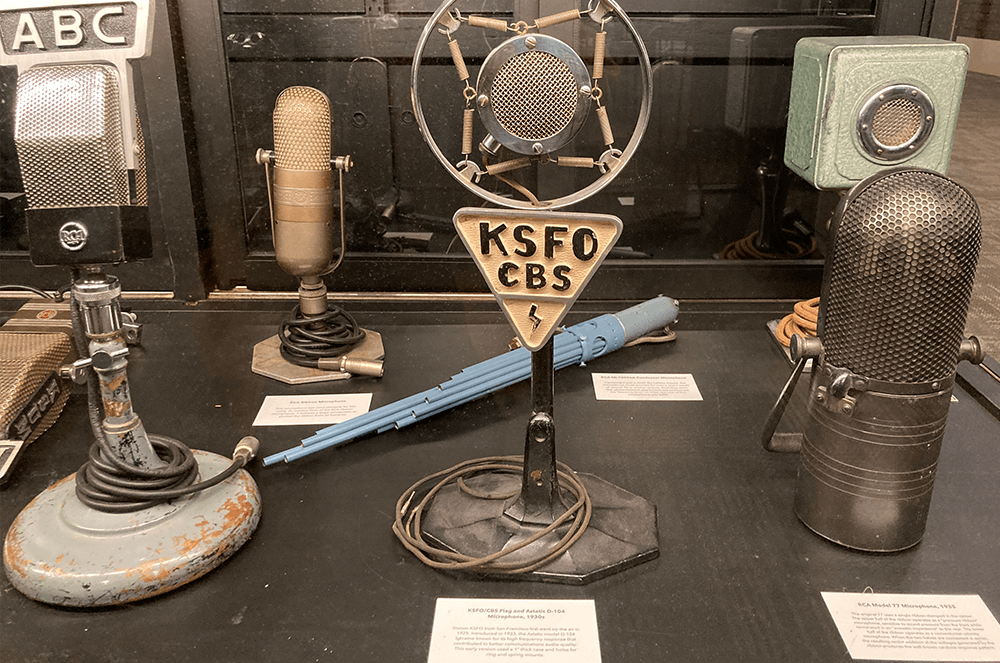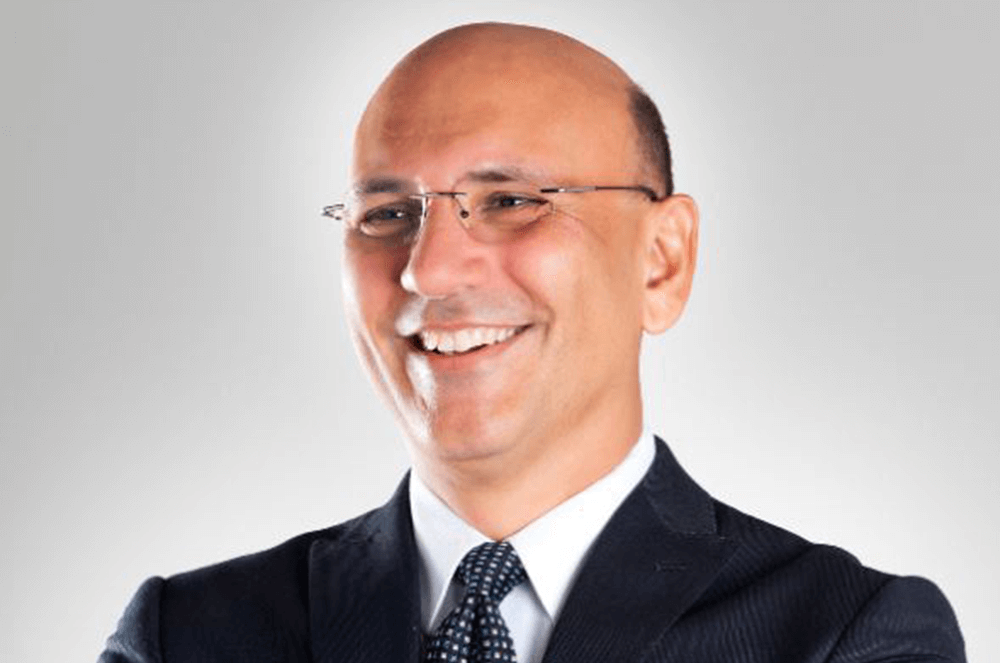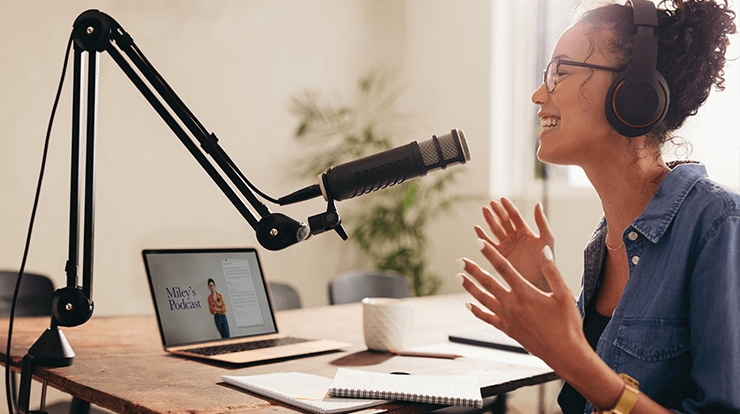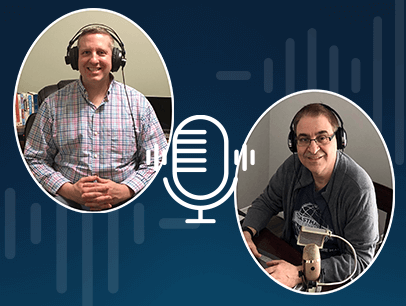
As Toastmasters, we are trained to guide an audience to a message. Similarly, as a sound engineer, it is my job to bring all the elements of a show together for an enjoyable listening experience.
I’ve been a Toastmaster for 15 years. I was drawn to amazing storytelling. When I reached Level 4 in Pathways, I chose the elective “Create a Podcast.” This project allowed me to share others’ experiences with the virtual world.
Inspired by previous radio experience and the Pathways elective, I’ve now been a podcast sound engineer and producer for three years. I’m back in the studio creating new content and listening for what is and isn’t working. These skills are the same as a speech evaluator, except that I edit out the mistakes instead of correcting the speaker. Creating a podcast is teamwork in its purest form.
Optimizing Storytelling
My single goal is to improve the quality of the storytelling and I know I’ve done my job when it sounds like a conversation between friends. I use labor-saving editing software to do this, and that is key. After editing 33 episodes—listening to them at least four times each—I learned the importance of sharing a clear and concise message.
I have a subscription to Descript, which has many editing features I depend on, including a text version of the recording created by artificial intelligence transcription.
The transcript gives me an overview of the interview. However, each show is different, so I usually listen to a show four times while I’m editing. In general, I need to cut the host’s comments more than the guest’s since the guest has expertise on the topic and should provide the meat of the show.
Editing with Technology
An expensive microphone isn’t necessary to record a quality interview. A USB mic plugged into the computer or phone ear buds are all that’s necessary. When I’m editing the recording, I use the Descript studio sound feature which automatically enhances the audio quality. My basic audio program allows me to level the volume and edit for time. Then I’m ready to upload my finished audio file to the host site.
For hosting the podcast, I use Libsyn, which allows me to upload the interview as-is, saving me time and stress. The intro and opening and closing music are all separate files. It’s like putting together a quilt.
If you are getting started, you can simply record on Zoom. It can be easier for beginners because people are familiar with it; however, the sound quality is unpredictable, and the recording can’t be fixed later.
Getting repeat listeners requires the best sound quality you can afford. People listen to podcasts while they walk or do chores. If there is too much background noise or the voices sound distorted, they give up because the extra noise creates a distraction. That’s why I switched to Riverside.FM for better audio (and video quality for video podcasts).
With clear audio and my Descript transcript, I can see when a speaker has used three sentences to talk about a subject. That’s fine in a conversation but redundant in a speech. Now, I notice these things when evaluating a Toastmasters speech and during my evaluation, I will ask the speaker to share more about the topic. Their answers show they know the topic so well, they could write a book or other speeches on it. That quick Q&A gives them clarity on what points they want to pursue next.
As Ah-Counter, I am more likely to catch filler words now that I listen to podcast episodes multiple times while editing. Thankfully, my podcast transcript highlights “ahs” and “ums,” and one mouse click deletes them all. I edit the other crutch words as needed. Understanding pacing, tone, and the speaker’s focus are an important part of the editing process—skills I developed as a grammarian in Toastmasters.
After three years of producing podcasts, I have developed the ability to recognize the key details of a speech. As a result, my Toastmasters evaluations have become more insightful, and the podcasts I produce have continued to share stories with an expanding audience. I have always wanted what the audience wants—a great story.
Margie Peterson, DTM is a member of Wilder Side Toastmaster in Minnesota, and the producer of STOMP! with Debbie Walker. You can find her on Medium where she writes as @margiepearl.
Related Articles

Your Turn
The Power of Podcasting

Podcasts
Is There a Podcast in Your Future?

Podcasts



 Previous
Previous

 Previous Article
Previous Article